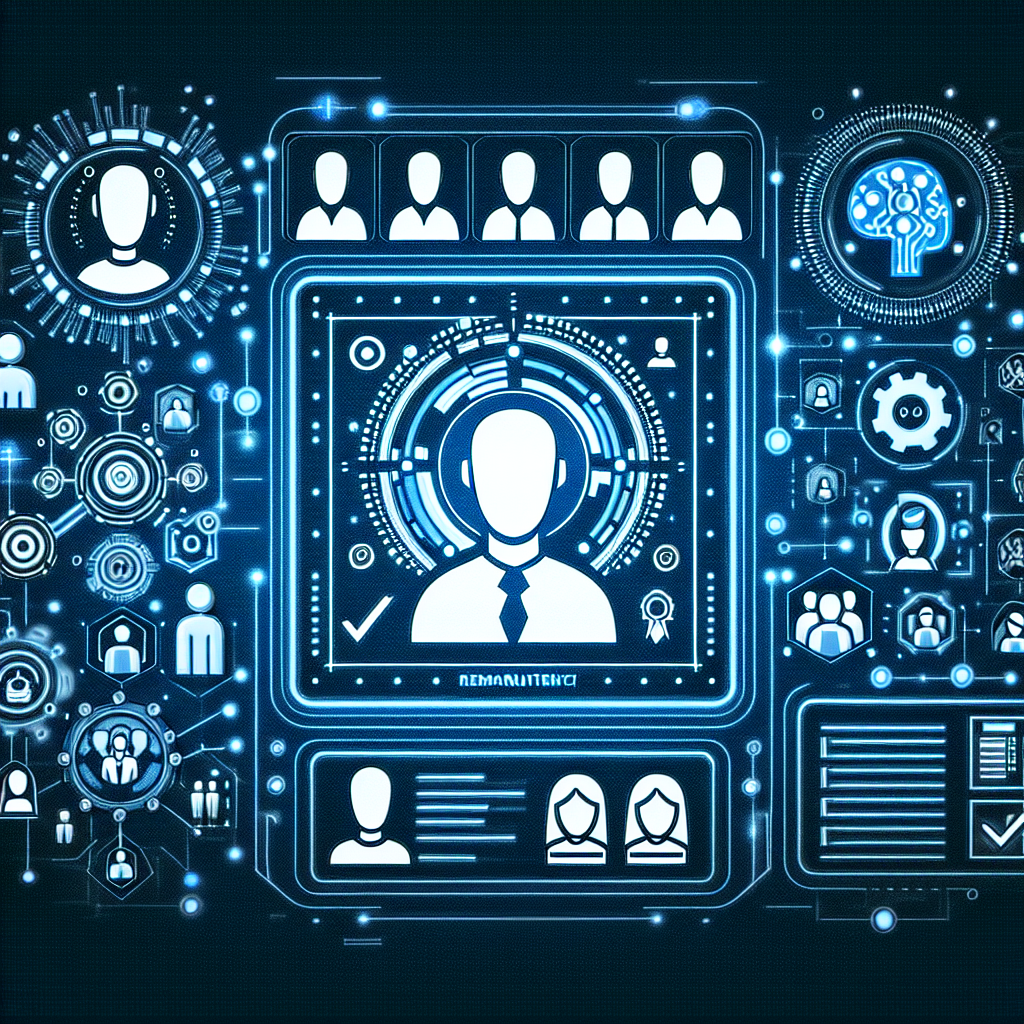In recent years, the use of AI platforms in talent acquisition has become increasingly prevalent in the recruitment process. AI technology has revolutionized the way companies find and hire top talent, streamlining the hiring process and improving the overall candidate experience. From screening resumes to conducting interviews, AI platforms are changing the way organizations attract and retain their workforce.
One of the main benefits of using AI in talent acquisition is the ability to automate repetitive tasks, allowing recruiters to focus on more strategic aspects of the hiring process. AI platforms can quickly scan through hundreds of resumes, identify top candidates based on specific criteria, and even conduct initial interviews through chatbots. This not only saves time for recruiters but also ensures a more efficient and unbiased selection process.
Another advantage of using AI in talent acquisition is the ability to analyze data and predict future hiring needs. By leveraging AI algorithms, organizations can identify patterns in candidate behavior, assess the success of previous hires, and even predict which candidates are most likely to succeed in a given role. This data-driven approach helps companies make more informed decisions when it comes to hiring, leading to better outcomes for both the organization and the candidate.
AI platforms also play a crucial role in enhancing the candidate experience. By using chatbots and virtual assistants, companies can provide real-time feedback to candidates, answer their questions, and keep them engaged throughout the recruitment process. This personalized approach not only improves the overall candidate experience but also helps companies build a positive employer brand, attracting top talent to their organization.
Despite the many benefits of using AI in talent acquisition, there are also some potential challenges and concerns that organizations need to be aware of. One of the main concerns is the risk of bias in AI algorithms, which can inadvertently perpetuate existing biases in the recruitment process. To address this issue, companies need to ensure that their AI platforms are trained on diverse datasets and regularly audited to minimize bias and ensure fair hiring practices.
Additionally, there is the fear that AI technology may replace human recruiters altogether, leading to a loss of personal connection and empathy in the recruitment process. While AI can certainly streamline certain aspects of talent acquisition, it is important for organizations to strike the right balance between automation and human touch. Ultimately, the goal should be to use AI technology to enhance the recruitment process, not replace human judgment and intuition.
In conclusion, the use of AI platforms in talent acquisition is revolutionizing the way companies find, attract, and retain top talent. By leveraging AI technology, organizations can automate repetitive tasks, analyze data to make more informed decisions, and enhance the overall candidate experience. While there are challenges and concerns associated with using AI in recruitment, the benefits far outweigh the risks, making AI an essential tool for modern-day talent acquisition.
FAQs:
Q: How can AI platforms help companies find top talent?
A: AI platforms can quickly scan through resumes, identify top candidates based on specific criteria, and even conduct initial interviews through chatbots, helping companies find top talent more efficiently.
Q: What are some potential challenges of using AI in talent acquisition?
A: One of the main concerns is the risk of bias in AI algorithms, which can perpetuate existing biases in the recruitment process. Additionally, there is the fear that AI technology may replace human recruiters altogether, leading to a loss of personal connection in the hiring process.
Q: How can companies ensure fair hiring practices when using AI in talent acquisition?
A: Companies can ensure fair hiring practices by training their AI platforms on diverse datasets, regularly auditing their algorithms to minimize bias, and maintaining a balance between automation and human judgment in the recruitment process.

